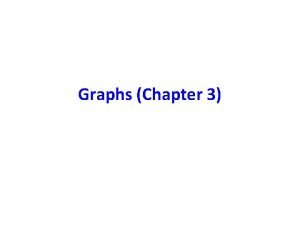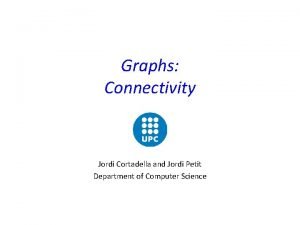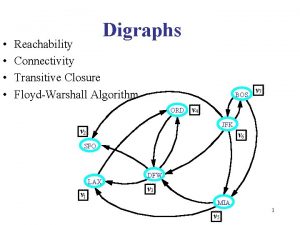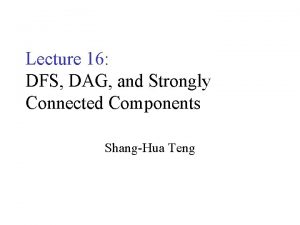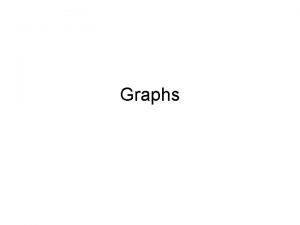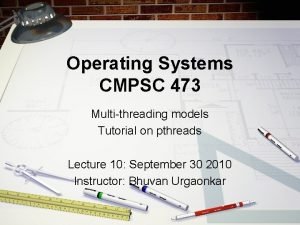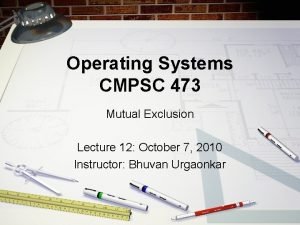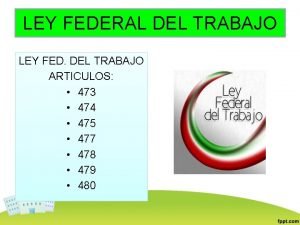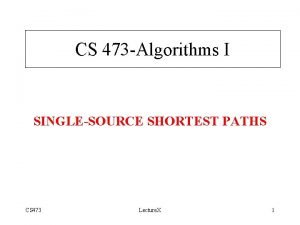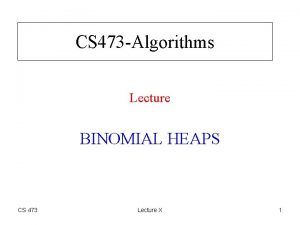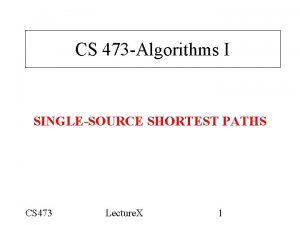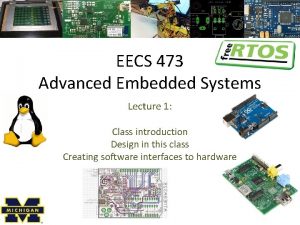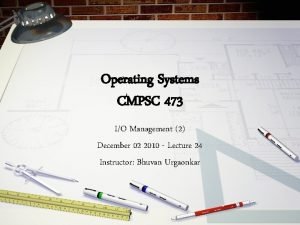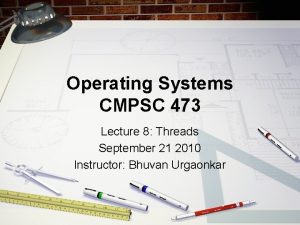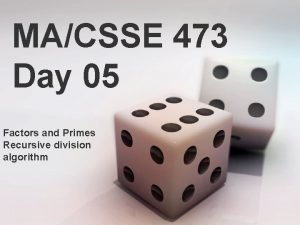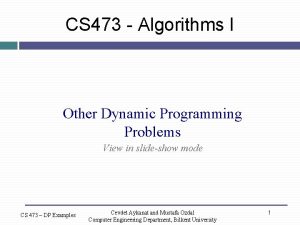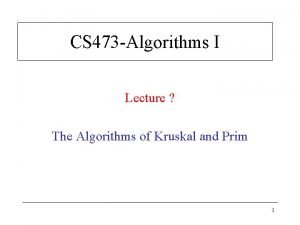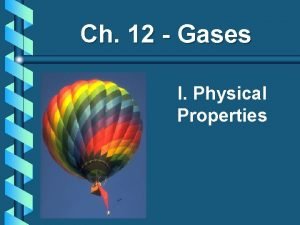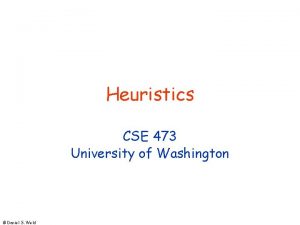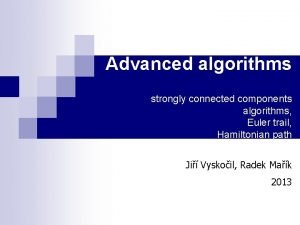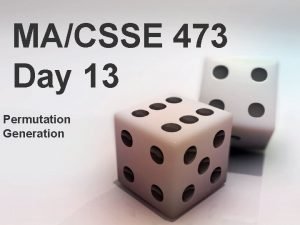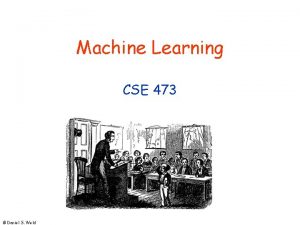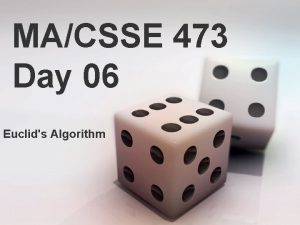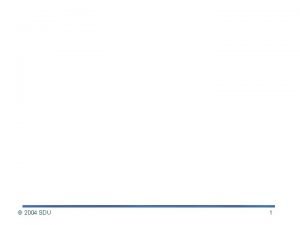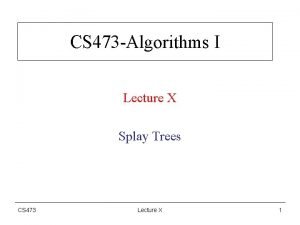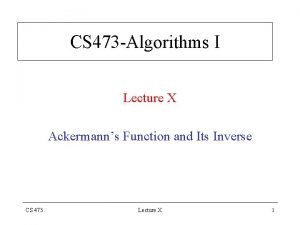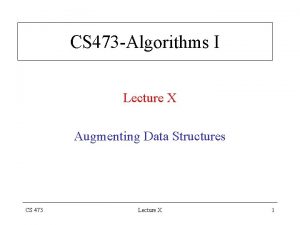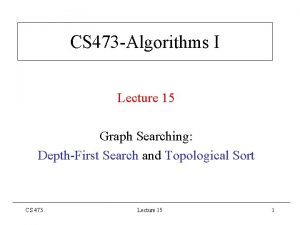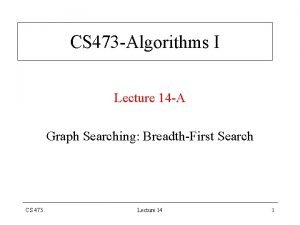CS 473 Algorithms I Lecture 16 Strongly Connected










![SCC: Example (3) Call DFS(GT) processing vertices in main loop in decreasing f[u] order: SCC: Example (3) Call DFS(GT) processing vertices in main loop in decreasing f[u] order:](https://slidetodoc.com/presentation_image_h2/c58d225c2fa6a4df6c0a20ab8f71e671/image-11.jpg)
![SCC: Example (3) Call DFS(GT) processing vertices in main loop in decreasing f[u] order: SCC: Example (3) Call DFS(GT) processing vertices in main loop in decreasing f[u] order:](https://slidetodoc.com/presentation_image_h2/c58d225c2fa6a4df6c0a20ab8f71e671/image-12.jpg)
![SCC: Example (3) Call DFS(GT) processing vertices in main loop in decreasing f[u] order: SCC: Example (3) Call DFS(GT) processing vertices in main loop in decreasing f[u] order:](https://slidetodoc.com/presentation_image_h2/c58d225c2fa6a4df6c0a20ab8f71e671/image-13.jpg)
![SCC: Example (3) Call DFS(GT) processing vertices in main loop in decreasing f[u] order: SCC: Example (3) Call DFS(GT) processing vertices in main loop in decreasing f[u] order:](https://slidetodoc.com/presentation_image_h2/c58d225c2fa6a4df6c0a20ab8f71e671/image-14.jpg)
![SCC: Example (3) Call DFS(GT) processing vertices in main loop in decreasing f[u] order: SCC: Example (3) Call DFS(GT) processing vertices in main loop in decreasing f[u] order:](https://slidetodoc.com/presentation_image_h2/c58d225c2fa6a4df6c0a20ab8f71e671/image-15.jpg)
![SCC: Example (3) Call DFS(GT) processing vertices in main loop in decreasing f[u] order: SCC: Example (3) Call DFS(GT) processing vertices in main loop in decreasing f[u] order:](https://slidetodoc.com/presentation_image_h2/c58d225c2fa6a4df6c0a20ab8f71e671/image-16.jpg)
![SCC: Example (3) Call DFS(GT) processing vertices in main loop in decreasing f[u] order: SCC: Example (3) Call DFS(GT) processing vertices in main loop in decreasing f[u] order:](https://slidetodoc.com/presentation_image_h2/c58d225c2fa6a4df6c0a20ab8f71e671/image-17.jpg)
![SCC: Example (3) Call DFS(GT) processing vertices in main loop in decreasing f[u] order: SCC: Example (3) Call DFS(GT) processing vertices in main loop in decreasing f[u] order:](https://slidetodoc.com/presentation_image_h2/c58d225c2fa6a4df6c0a20ab8f71e671/image-18.jpg)



![Notation for the Rest of This Lecture • d[u] and f[u] refer to those Notation for the Rest of This Lecture • d[u] and f[u] refer to those](https://slidetodoc.com/presentation_image_h2/c58d225c2fa6a4df6c0a20ab8f71e671/image-22.jpg)









- Slides: 31

CS 473 -Algorithms I Lecture 16 Strongly Connected Components CS 473 Lecture 16 1

Strongly Connected Components Definition: a strongly connected component (SCC) of a directed graph G (V, E) is a maximal set of vertices U V such that – For each u, v U we have both u v and v u i. e. , u and v are mutually reachable from each other (u v) Let GT (V, ET) be the transpose of G (V, E) where ET {(u, v): (u, v) E} – i. e. , ET consists of edges of G with their directions reversed Constructing GT from G takes O(V+E) time (adjacency list rep) Note: G and GT have the same SCCs (u v in GT) CS 473 Lecture 16 2

Strongly Connected Components Algorithm (1) Run DFS(G) to compute finishing times for all u V (2) Compute GT (3) Call DFS(GT) processing vertices in main loop in decreasing f[u] computed in Step (1) (4) Output vertices of each DFT in DFF of Step (3) as a separate SCC CS 473 Lecture 16 3

Strongly Connected Components Lemma 1: no path between a pair of vertices in the same SCC, ever leaves the SCC Proof: let u and v be in the same SCC u v let w be on some path u w v u w but v u a path w v u w u therefore u and w are in the same SCC u SCC w v CS 473 QED Lecture 16 4

SCC: Example CS 473 Lecture 16 5

SCC: Example (1) Run DFS(G) to compute finishing times for all u V CS 473 Lecture 16 6

SCC: Example (1) Run DFS(G) to compute finishing times for all u V CS 473 Lecture 16 7

SCC: Example (1) Run DFS(G) to compute finishing times for all u V CS 473 Lecture 16 8

SCC: Example Vertices sorted according to the finishing times: b, e, a, c, d, g, h, f CS 473 Lecture 16 9

SCC: Example (2) Compute GT CS 473 Lecture 16 10
![SCC Example 3 Call DFSGT processing vertices in main loop in decreasing fu order SCC: Example (3) Call DFS(GT) processing vertices in main loop in decreasing f[u] order:](https://slidetodoc.com/presentation_image_h2/c58d225c2fa6a4df6c0a20ab8f71e671/image-11.jpg)
SCC: Example (3) Call DFS(GT) processing vertices in main loop in decreasing f[u] order: b, e, a, c, d, g, h, f CS 473 Lecture 16 11
![SCC Example 3 Call DFSGT processing vertices in main loop in decreasing fu order SCC: Example (3) Call DFS(GT) processing vertices in main loop in decreasing f[u] order:](https://slidetodoc.com/presentation_image_h2/c58d225c2fa6a4df6c0a20ab8f71e671/image-12.jpg)
SCC: Example (3) Call DFS(GT) processing vertices in main loop in decreasing f[u] order: b, e, a, c, d, g, h, f CS 473 Lecture 16 12
![SCC Example 3 Call DFSGT processing vertices in main loop in decreasing fu order SCC: Example (3) Call DFS(GT) processing vertices in main loop in decreasing f[u] order:](https://slidetodoc.com/presentation_image_h2/c58d225c2fa6a4df6c0a20ab8f71e671/image-13.jpg)
SCC: Example (3) Call DFS(GT) processing vertices in main loop in decreasing f[u] order: b, e, a, c, d, g, h, f CS 473 Lecture 16 13
![SCC Example 3 Call DFSGT processing vertices in main loop in decreasing fu order SCC: Example (3) Call DFS(GT) processing vertices in main loop in decreasing f[u] order:](https://slidetodoc.com/presentation_image_h2/c58d225c2fa6a4df6c0a20ab8f71e671/image-14.jpg)
SCC: Example (3) Call DFS(GT) processing vertices in main loop in decreasing f[u] order: b, e, a, c, d, g, h, f CS 473 Lecture 16 14
![SCC Example 3 Call DFSGT processing vertices in main loop in decreasing fu order SCC: Example (3) Call DFS(GT) processing vertices in main loop in decreasing f[u] order:](https://slidetodoc.com/presentation_image_h2/c58d225c2fa6a4df6c0a20ab8f71e671/image-15.jpg)
SCC: Example (3) Call DFS(GT) processing vertices in main loop in decreasing f[u] order: b, e, a, c, d, g, h, f CS 473 Lecture 16 15
![SCC Example 3 Call DFSGT processing vertices in main loop in decreasing fu order SCC: Example (3) Call DFS(GT) processing vertices in main loop in decreasing f[u] order:](https://slidetodoc.com/presentation_image_h2/c58d225c2fa6a4df6c0a20ab8f71e671/image-16.jpg)
SCC: Example (3) Call DFS(GT) processing vertices in main loop in decreasing f[u] order: b, e, a, c, d, g, h, f CS 473 Lecture 16 16
![SCC Example 3 Call DFSGT processing vertices in main loop in decreasing fu order SCC: Example (3) Call DFS(GT) processing vertices in main loop in decreasing f[u] order:](https://slidetodoc.com/presentation_image_h2/c58d225c2fa6a4df6c0a20ab8f71e671/image-17.jpg)
SCC: Example (3) Call DFS(GT) processing vertices in main loop in decreasing f[u] order: b, e, a, c, d, g, h, f CS 473 Lecture 16 17
![SCC Example 3 Call DFSGT processing vertices in main loop in decreasing fu order SCC: Example (3) Call DFS(GT) processing vertices in main loop in decreasing f[u] order:](https://slidetodoc.com/presentation_image_h2/c58d225c2fa6a4df6c0a20ab8f71e671/image-18.jpg)
SCC: Example (3) Call DFS(GT) processing vertices in main loop in decreasing f[u] order: b, e, a, c, d, g, h, f CS 473 Lecture 16 18

SCC: Example (4) Output vertices of each DFT in DFF as a separate SCC Cc {c, d} Cb {b, a, e} CS 473 Cg {g, f} Lecture 16 Ch {h} 19

SCC: Example Cc Cb CS 473 Cg Lecture 16 Ch 20

Strongly Connected Components Thrm 1: in any DFS, all vertices in the same SCC are placed in the same DFT Proof: let r be the first vertex discovered in SCC Sr because r is first, color[x] WHITE x Sr {r} at time d[r] So all vertices are WHITE on each r x path x Sr {r} – since these paths never leave Sr Hence each vertex in Sr {r}becomes a descendent of r (White-path Thrm) at time d[r] r G W Sr QED CS 473 Lecture 16 W W 21
![Notation for the Rest of This Lecture du and fu refer to those Notation for the Rest of This Lecture • d[u] and f[u] refer to those](https://slidetodoc.com/presentation_image_h2/c58d225c2fa6a4df6c0a20ab8f71e671/image-22.jpg)
Notation for the Rest of This Lecture • d[u] and f[u] refer to those values computed by DFS(G) at step (1) • u v refers to G not GT Definition: forefather (u) of vertex u 1. (u) That vertex w such that u w and f[u] is maximized 2. (u) u possible because u u f[u] f[ (u)] CS 473 Lecture 16 22

Strongly Connected Components Lemma 2: ( (u)) (u) Proof try to show that f[ ( (u))] f[ (u)] : For any u, v V; u v Ru f[ (v)] f[ (u)] So, u (u) f[ ( (u))] f[ (u)] Due to definition of (u) we have f[ ( (u))] f[ (u)] Therefore f[ ( (u))] f[ (u)] QED u v v (u) CS 473 Rv {w: v w} Lecture 16 Note: f[x] f[y] x y (same vertex) 23

Strongly Connected Components Properties of forefather: • Every vertex in an SCC has the same forefather which is in the SCC • Forefather of an SCC is the representative vertex of the SCC • In the DFS of G, forefather of an SCC is the first vertex discovered in the SCC last vertex finished in the SCC CS 473 Lecture 16 24

Strongly Connected Components THM 2: (u) of any u V in any DFS of G is an ancestor of u PROOF: Trivial if (u) u. If (u) u, consider color of (u) at time d[u] • (u) is GRAY: (u) is an ancestor of u proving theorem • (u) is BLACK: f [ (u)] < f [u] contradiction to def. of (u) • (u) is WHITE: 2 cases according to colors of intermediate vertices on p(u, (u)) Path p(u, (u)) at time d[u]: CS 473 Lecture 16 25

Strongly Connected Components Case 1: every intermediate vertex xi p(u, (u)) is WHITE (u) becomes a descendant of u (WP-THM) f [ (u)] < f [u] contradiction Case 2: some non-WHITE intermediate vertices on p(u, (u)) • Let xt be the last non-WHITE vertex on p(u, (u)) u, x 1, x 2, …, xr, (u) • Then, xt must be GRAY since BLACK-to-WHITE edge (xt, xt+1) cannot exist • But then, p(xt, (u)) xt+1, xt+2, …, xr, (u) is a white path (u) is a descendant of xt (by white-path theorem) f [xt] > f [ (u)] contradicting our choice for (u) Q. E. D. CS 473 Lecture 16 26

Strongly Connected Components C 1: in any DFS of G (V, E) vertices u and (u) lie in the same SCC, u V PROOF: u (u) (by definition) and (u) u since (u) is an ancestor of u (by THM 2) THM 3: two vertices u, v V lie in the same SCC (u) = (v) in a DFS of G (V, E) PROOF: let u and v be in the same SCC Cuv u v CS 473 Lecture 16 27

Strongly Connected Components w: v w u w and w: u w v w, i. e. , every vertex reachable from u is reachable from v and vice-versa So, w (u) w (v) and w (v) w (u) by definition of forefather PROOF: Let (u) (v) w Cw u Cw by C 1 and v Cw by C 1 By THM 3: SCCs are sets of vertices with the same forefather By THM 2 and parenthesis THM: A forefather is the first vertex discovered and the last vertex finished in its SCC CS 473 Lecture 16 28

SCC: Why do we Run DFS on GT? Consider r V with largest finishing time computed by DFS on G r must be a forefather by definition since r r and f [r] is maximum in V Cr ? : Cr vertices in r’s SCC {u in V: (u) r} Cr {u V: u r and f [x] f [r] x Ru} where Ru {v V: u v} Cr {u V: u r} since f [r] is maximum Cr Rr. T {u V: r u in GT} reachability set of r in GT i. e. , Cr those vertices reachable from r in GT Thus DFS-VISIT(GT, r) identifies all vertices in Cr and blackens them CS 473 Lecture 16 29

SCC: Why do we Run DFS on GT? BFS(GT, r) can also be used to identify Cr Then, DFS on GT continues with DFS-VISIT(GT, r ) where f [r ] > f [w] w V Cr r must be a forefather by definition since r r and f [r ] is maximum in V Cr CS 473 Lecture 16 30

SCC: Why do we Run DFS on GT? Hence by similar reasoning DFS-VISIT(GT, r ) identifies Cr Impossible since otherwise w Cr r , w would have been blackened Thus, each DFS-VISIT(GT, x) in DFS(GT) identifies an SCC Cx with x CS 473 Lecture 16 r , 31
 Topological sort can be implemented by?
Topological sort can be implemented by? Strongly connected components
Strongly connected components Kosaraju's algorithm
Kosaraju's algorithm Strongly connected components
Strongly connected components Strongly connected
Strongly connected Dfs connected components
Dfs connected components Strongly connected components
Strongly connected components In a ∆-connected source feeding a y-connected load
In a ∆-connected source feeding a y-connected load Delta to wye conversion balanced
Delta to wye conversion balanced In a triangle connected source feeding
In a triangle connected source feeding Analysis of algorithms lecture notes
Analysis of algorithms lecture notes Introduction to algorithms lecture notes
Introduction to algorithms lecture notes 01:640:244 lecture notes - lecture 15: plat, idah, farad
01:640:244 lecture notes - lecture 15: plat, idah, farad Cmpsc 473
Cmpsc 473 Eecs 473
Eecs 473 A gas occupies 7.84 cm3
A gas occupies 7.84 cm3 Are gasses highly compressible
Are gasses highly compressible Cmpsc 473
Cmpsc 473 Ley federal del trbajo
Ley federal del trbajo Cs 473
Cs 473 Cs 473
Cs 473 Cs 473
Cs 473 Eecs 473
Eecs 473 Nuvw
Nuvw Rounding 75 to the nearest ten
Rounding 75 to the nearest ten Cmpsc 473
Cmpsc 473 Cmpsc 473
Cmpsc 473 Factors of 473
Factors of 473 Bilkent cs473
Bilkent cs473 Kruskal algorithm in c
Kruskal algorithm in c A gas occupies 473 cm3 at 36°c. find its volume at 94°c
A gas occupies 473 cm3 at 36°c. find its volume at 94°c Uw cse 473
Uw cse 473
